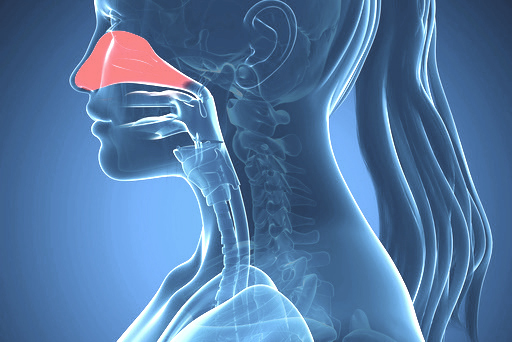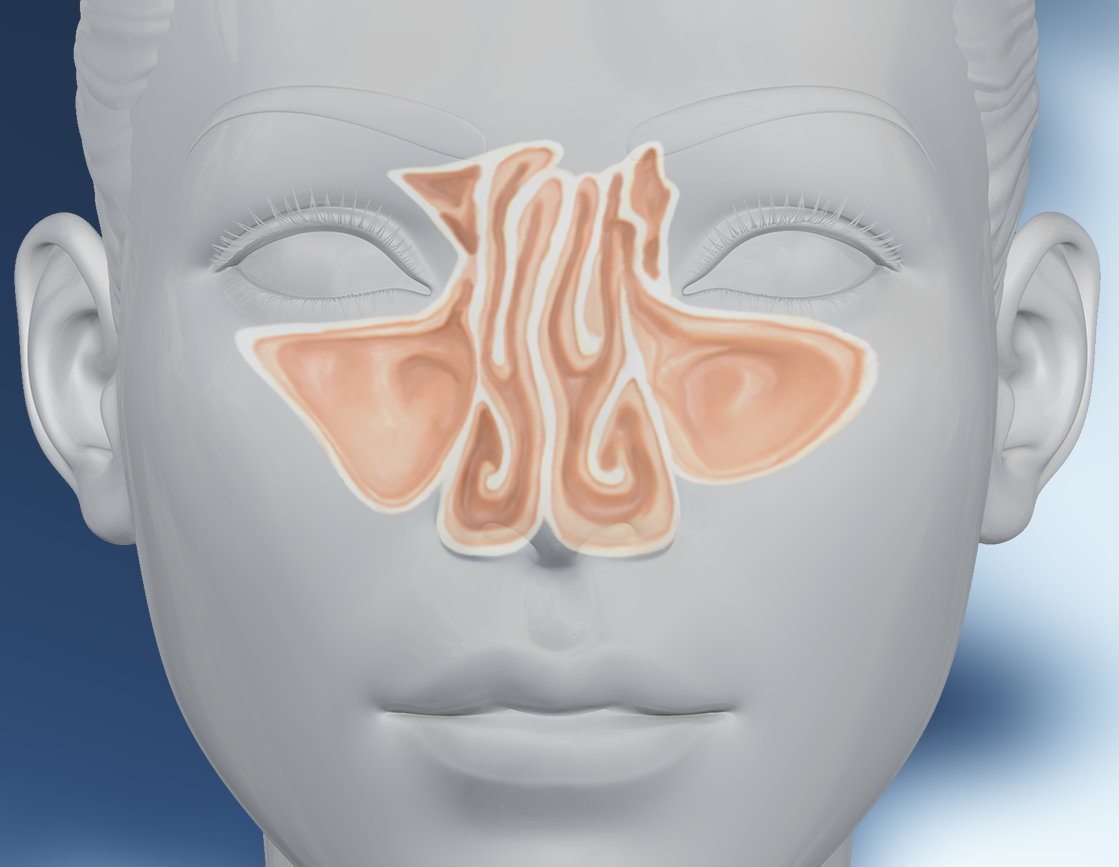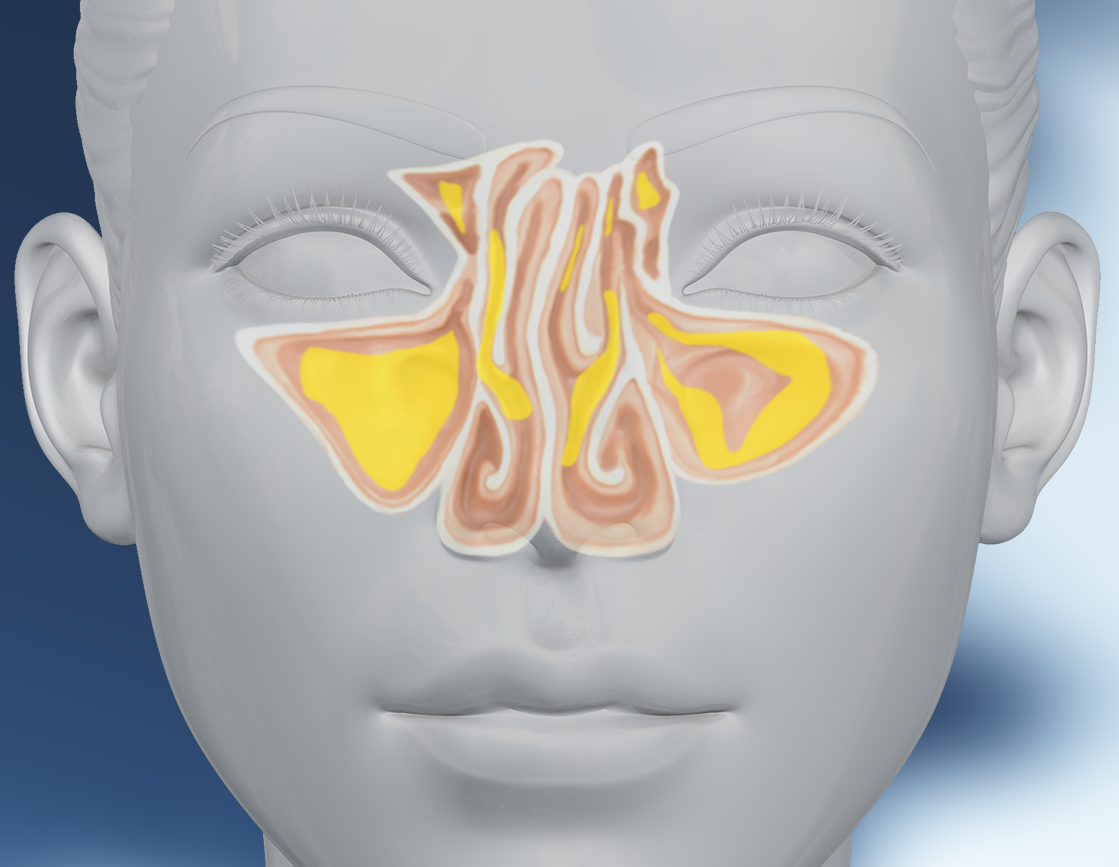Nasal Breathing
Functional rhinoplasty
Many people come to our practice because of their inability to breathe through their nose. There are many reasons for impaired nasal breathing, which can be a real nuisance in daily life. These clients do not want to change the shape of their nose.
In this section, I will highlight the possible reasons for functional rhinoplasty. These are illustrated with graphics as the causes are inside the nose and therefore invisible.

Terminology
Functional rhinoplasty is surgical improvement of the function of the nose; for example, correction of obstructed nasal breathing. In individual cases, the shape of the nose must also be changed to improve the function of the nose.
Functional and aesthetic rhinoplasty can be combined during a single procedure.
Improving nasal function
The nose is an air filter for our respiration. It cleans, moistens and warms the air we breathe. Air usually flows freely through the nose. We perceive scents and smells with our nose as a sensory organ. We can also feel and taste with it. Just imagine to smell a rose with the touch of the rose petals.
Most of the functional deficits of the nose area can be corrected surgically. A perfect shape and faultless function are the goals of every nose operation.

Obstructed nasal breathing
Impeded or blocked nasal breathing impacts one's daily well-being and the quality of sleep. This leads to increased tiredness during the day and reduced performance. There may be various reasons for obstructed nasal breathing. For example, swelling in the mucous membranes or cartilaginous and bony curvature.
If the obstruction of nasal breathing cannot be alleviated with medication, surgery may be necessary.
A nose operation can be performed under local or general anaesthesia.

Snoring
The loud, disturbing breathing sound during sleep is prevalent. Even if you do nor hear your own snoring, it often means that your sleep is not sound or healthy. Daytime tiredness and a reduced performance are often the consequence. In addition, family or relatives may also be disturbed, causing them to feel drowsy during the day, too.
The nose, gums, tongue or jaw may cause snoring. It is very important to carefully and comprehensively examine the cause of a client's snoring. In the case of simple snoring, a procedure under local anaesthesia is often sufficient. Besides conventional surgery, lasers or radio frequency waves are also used.
Polyps
Polyps are benign growths in the mucous membranes. They can completely close the nose, making it impossible for the patient to smell, and cause facial pain.
The growth of the nasal polyps can be slowed with nasal sprays; in the long term; however, it is recommended that polyps are removed by surgery.
The procedure is performed through the nostrils with an endoscope.

Deafness
The nose and both middle ears are connected with a tube which is known as the auditory tube or Eustachian tube. It supplies the middle ear with air. Infections or enlarged tonsils can block the auditory tube and disrupt the air supply to the middle ear. This may cause acute hearing difficulties or a middle ear infection.
If it cannot be cured with medication, a small incision into the ear drum will restore the air supply. This procedure is performed under local anaesthesia.
Paranasal sinus
The nose not only consists of the protrusion in the middle of the face. The major part of the nose is situated inside the head. It consists of a maze-like system of various openings, the main nasal opening and opening of the paranasal sinuses.
A viral or bacterial infection causes moderate to severe facial pain. Many people have recurrent infections which frequently do not fully heal, and the inflammation becomes chronic.
I reconnect the airway of the paranasal sinuses through the nostril. This procedure usually resolves the symptoms.
